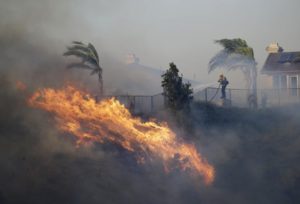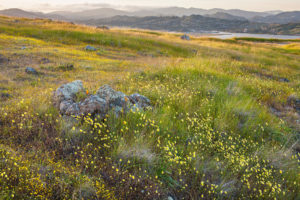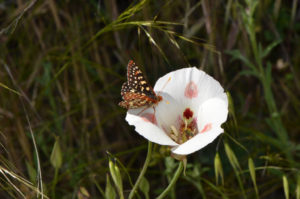After a fire, seeds that have been lying dormant in the soil, sometimes for decades or even a century, awaken. Botanist Lech Naumovich describes the complex post-fire ecology of the North Bay in the April 2018 Bay Nature. This rare plant list gives an idea of some of the individual species that botanists might find in the coming years.
The following plants are not all obligate fire followers, but likely need similar environmental conditions as species that follow fire. An explanation of the CNPS rarity lists can be found here.

Kellogg’s snapdragon – Antirrhinum kelloggii – At its northern range limit, recently rediscovered in the Mt. Diablo area after the Morgan Fire.
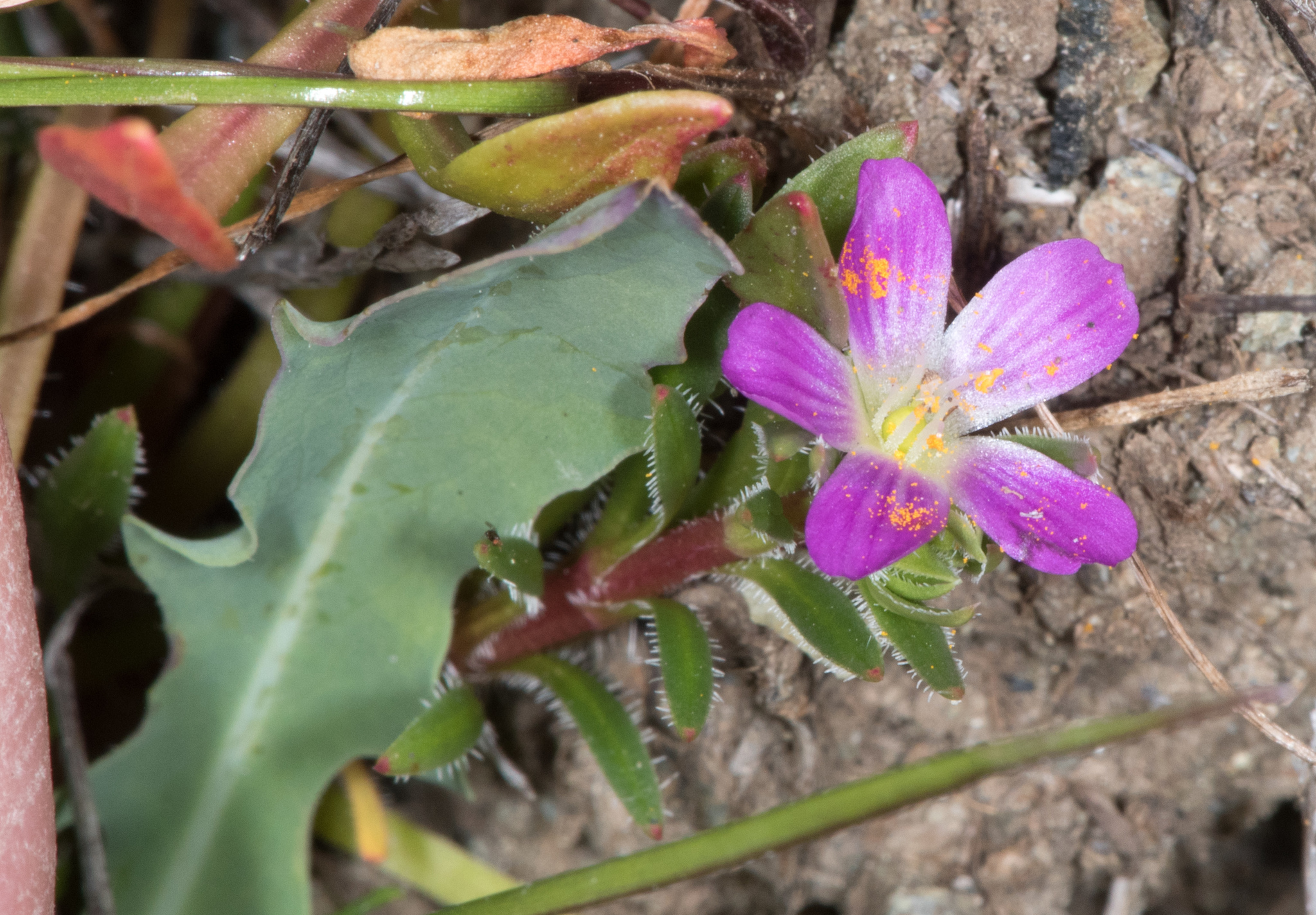
Brewer’s calandrinia – Calandrinia breweri – CNPS List 4; rare clarkia.
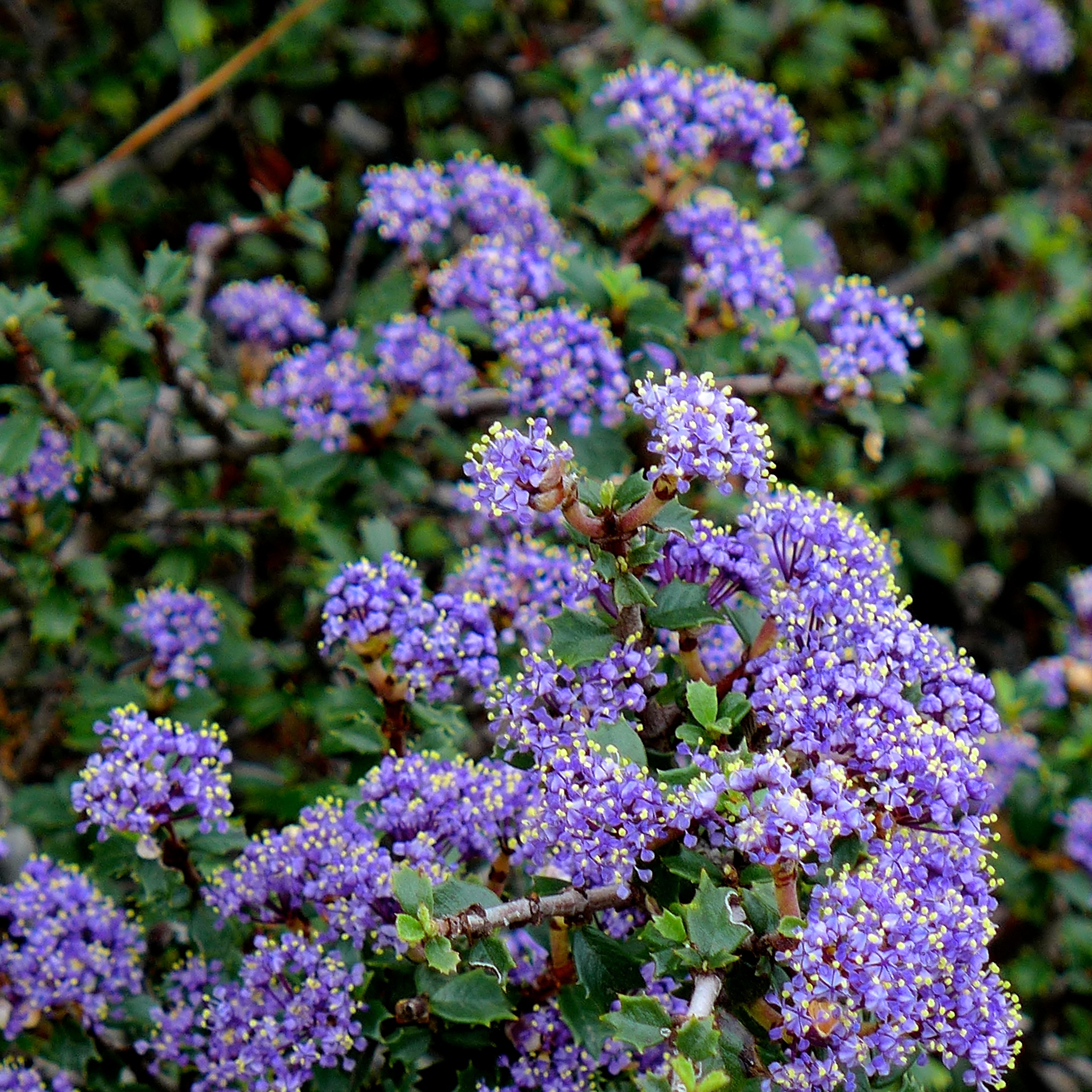
Rincon Ridge ceanothus – Ceanothus confusus – CNPS List 1B; North Bay endemic.
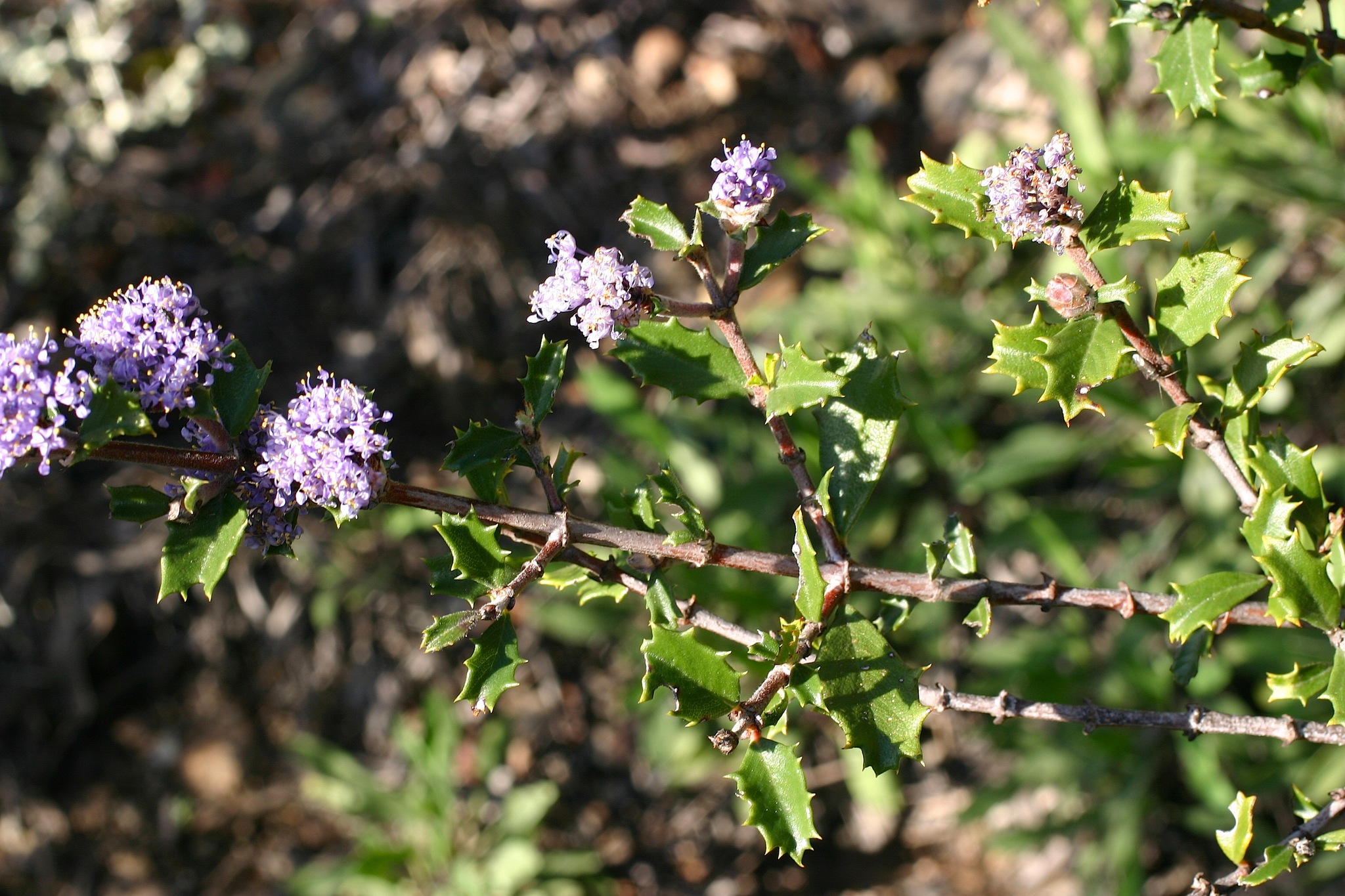
Calistoga ceanothus – Ceanothus divergens – CNPS List 1B; local endemic centralized around the mountains near Calistoga.
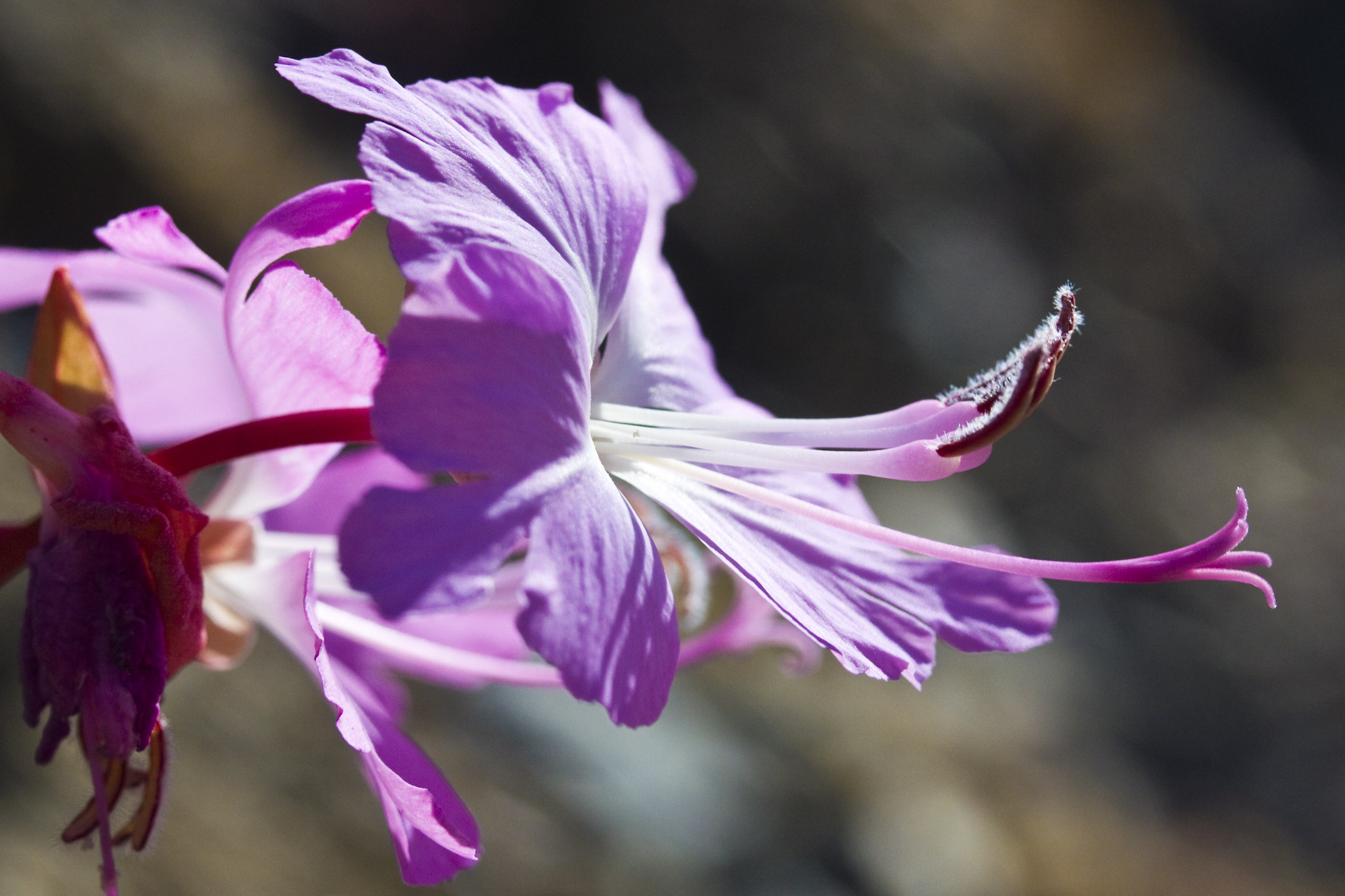
Brewer’s clarkia – Clarkia breweri – CNPS List 4; at its northern range limit, very limited in Napa.
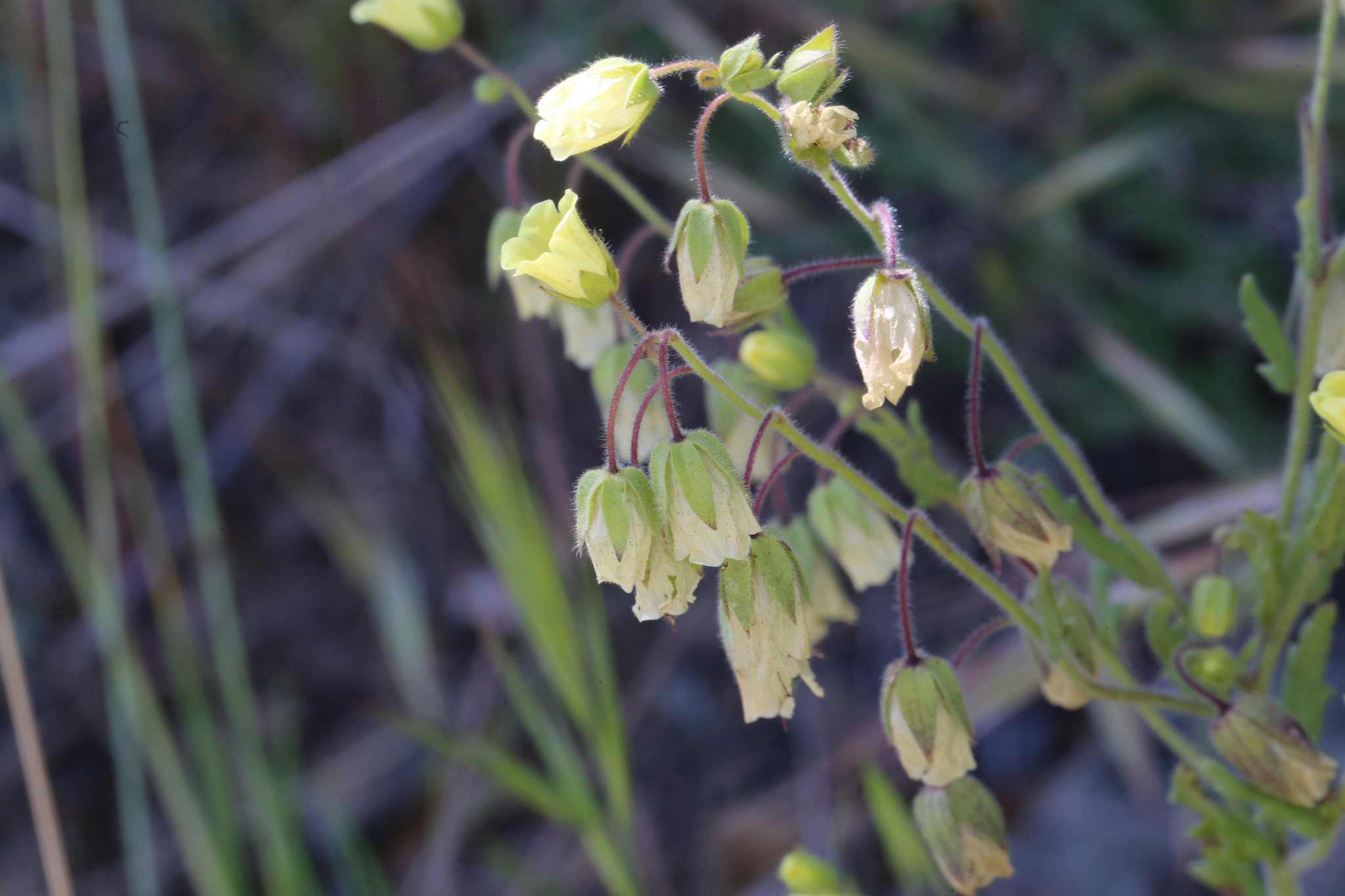
Whispering bells – Emmenanthe penduliflora – Common after fires but disappears within three years.

Leafy-stemmed poppy – Eschscholzia hypecoides – CNPS List 4; not seen in Napa for more than 20 years.
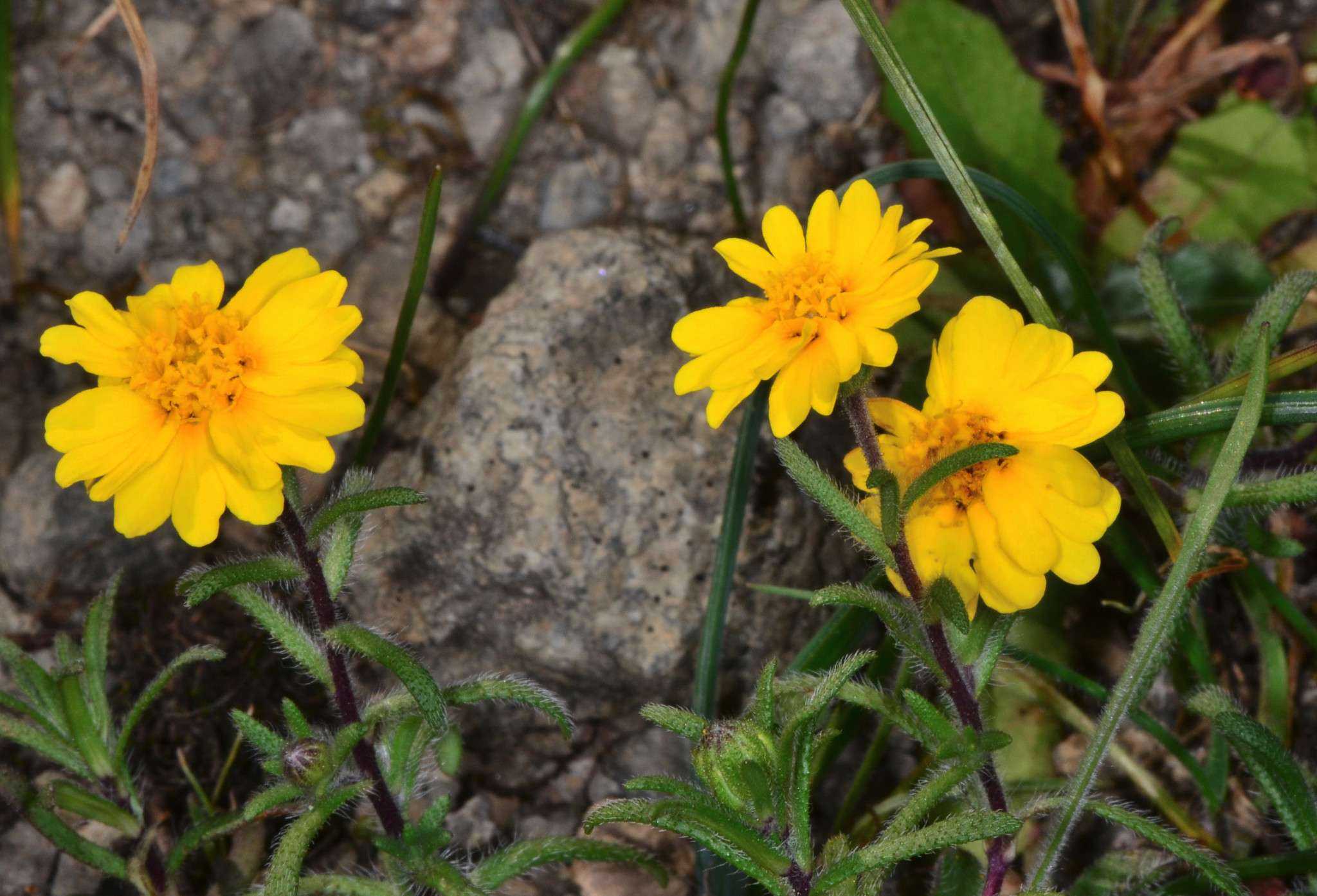
Nodding harmonia – Harmonia nutans – CNPS List 1B; entire species distribution centered in Napa.
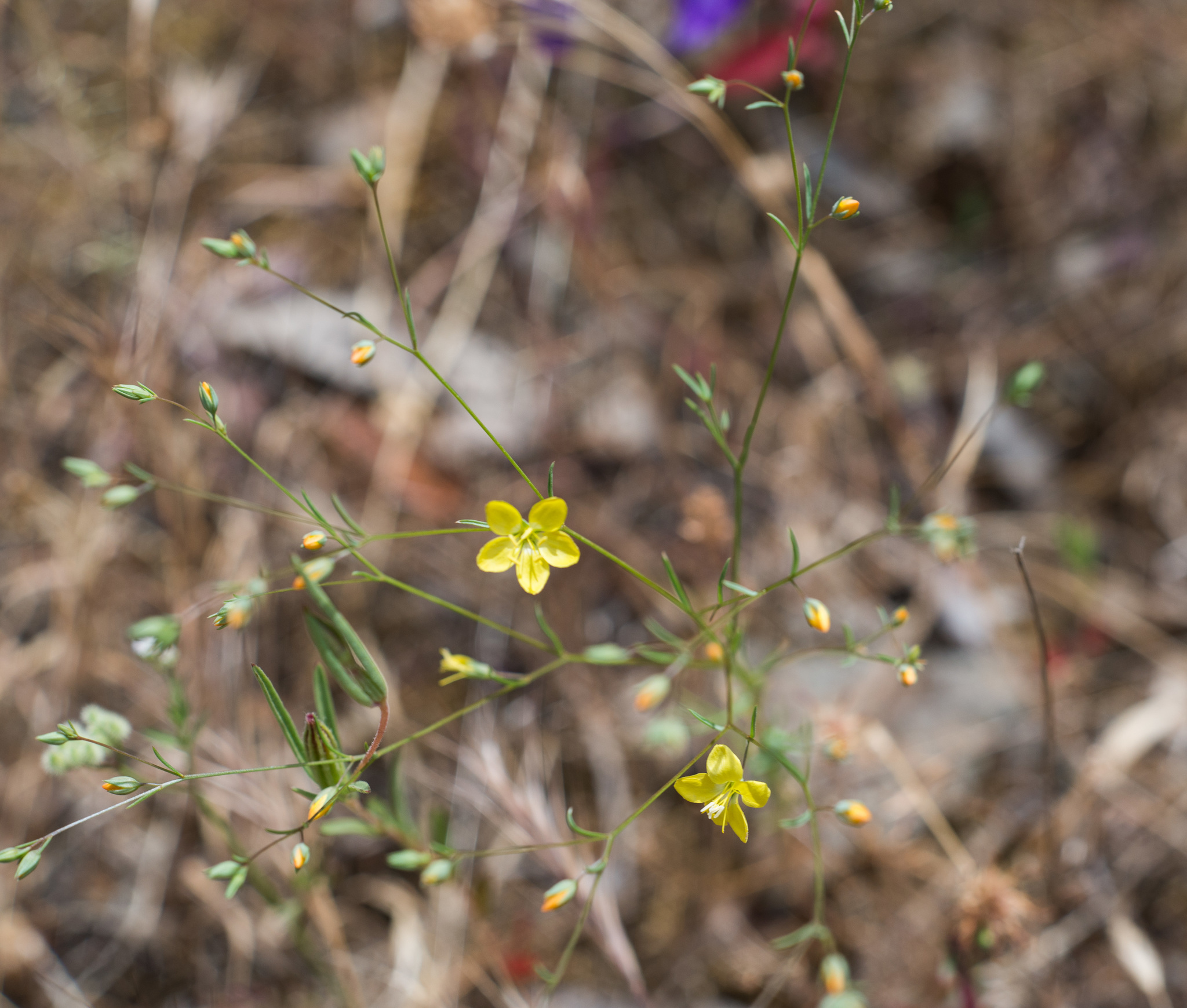
Brewer’s dwarf flax – Hesperolinon breweri – CNPS List 1B; entire species distribution centered in Napa.

Calistoga pincushion plant – Navarretia heterodoxa – A plant that typically thrives in bare, rocky, and often serpentine soils in the coastal Bay Area.
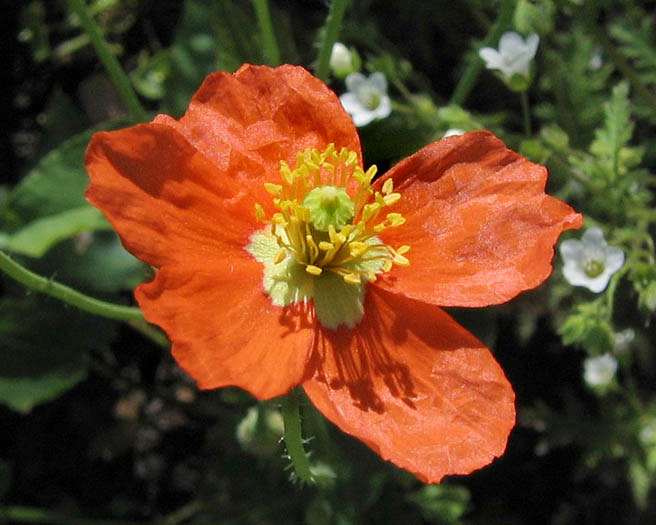
Fire poppy – Papaver californicum – Fire poppy that usually is seen only following fires.
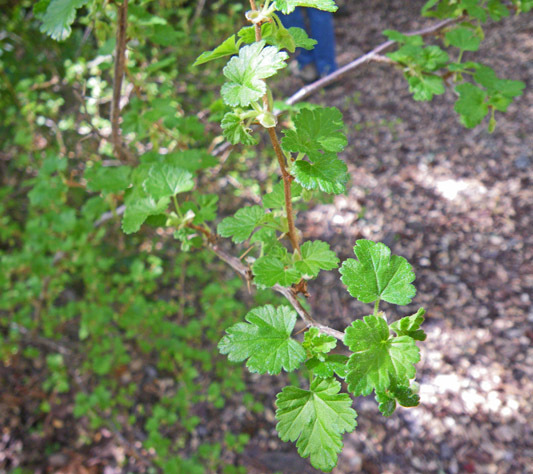
Victor’s gooseberry – Ribes victoris – CNPS List 4; species predominantly restricted to the Bay Area, mainly in the North Bay.


